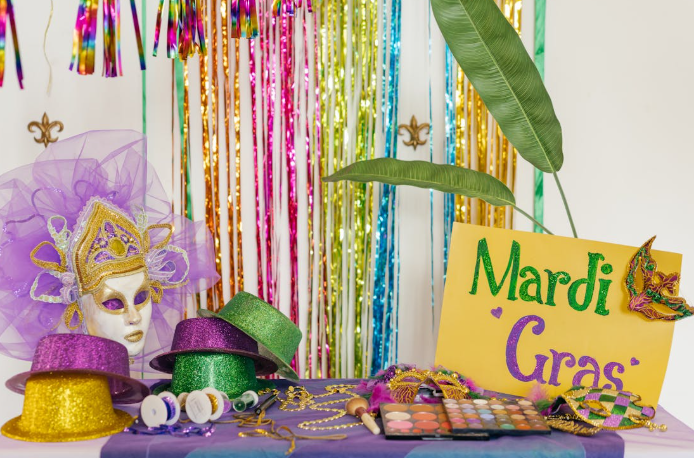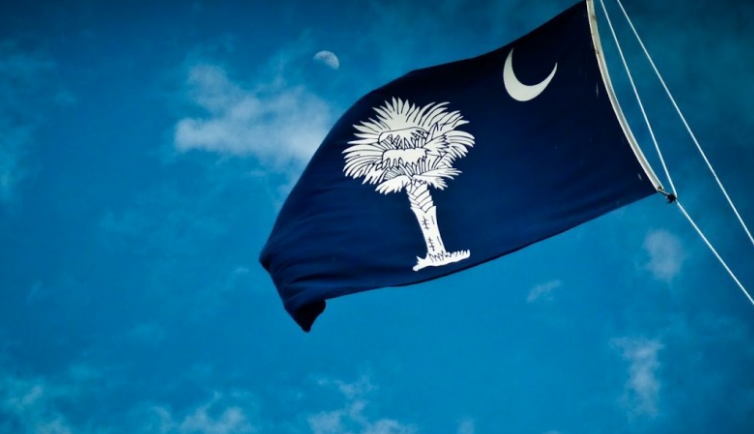Fat Tuesday, known as Mardi Gras in French, is a centuries-old tradition that marks the final day of feasting and celebration before the Christian season of Lent begins on Ash Wednesday. The holiday, deeply rooted in European and Catholic traditions, has evolved into a grand spectacle of parades, festivals, and indulgence in many parts of the world, particularly in New Orleans, where it is celebrated with unmatched enthusiasm.
Origins in Europe
The origins of Fat Tuesday trace back to medieval Europe, particularly in France, Italy, and Spain. The day was established as a time to enjoy rich, fatty foods—such as meats, butter, and sugar—before the 40-day Lenten period of fasting and penance. The term “Mardi Gras” literally translates to “Fat Tuesday” in French, symbolizing the consumption of these foods before they were traditionally given up for Lent.
Mardi Gras in the United States
Mardi Gras was brought to North America in 1699 by French explorers led by Pierre Le Moyne d’Iberville. They landed near present-day Louisiana and named the site Pointe du Mardi Gras, as their arrival coincided with the holiday. By the 18th century, New Orleans became the epicenter of Mardi Gras celebrations in the U.S., with masked balls, parades, and music becoming key elements of the festivities.
In 1857, the Krewe of Comus, New Orleans’ first official Mardi Gras krewe, organized a parade with elaborate floats and costumes, setting the stage for the extravagant celebrations that continue today. The tradition of throwing beads, doubloons, and trinkets from floats also became a signature feature.
Symbols and Traditions
Mardi Gras is famous for its vibrant colors—purple (justice), green (faith), and gold (power)—which were established in 1872 by the Rex parade organization. Another staple of the celebration is the King Cake, a sweet pastry decorated in these colors and often containing a small plastic baby inside. The person who finds the baby is expected to host the next celebration.
Global Celebrations
While New Orleans is the most famous U.S. location for Mardi Gras, other cities and countries also have major Fat Tuesday celebrations. Brazil’s Carnival, Venice’s masked balls, and France’s festive feasts all share similar themes of indulgence, revelry, and community celebration.
As Fat Tuesday 2025 approaches, revelers worldwide will continue to honor this historic tradition with music, food, and joyous gatherings before the solemn observance of Lent begins.
Sign up for our Sunday Spectator. Delivered to your inbox every Sunday, with all the news from the week.















